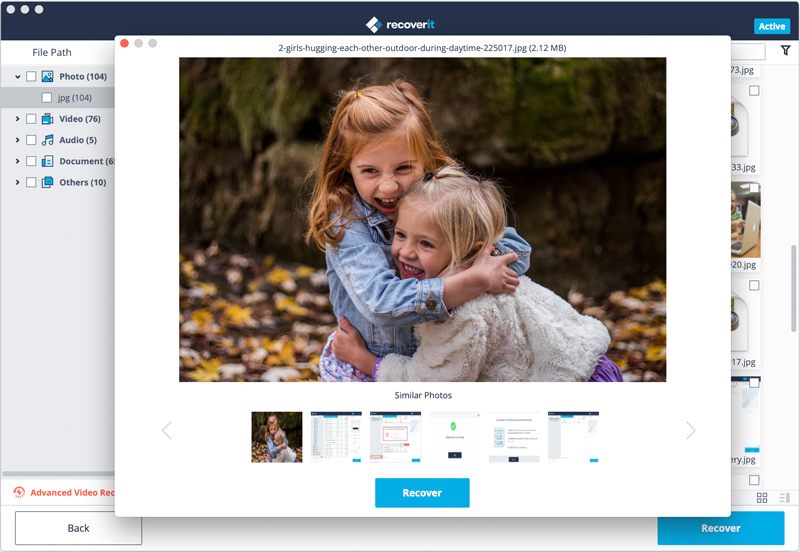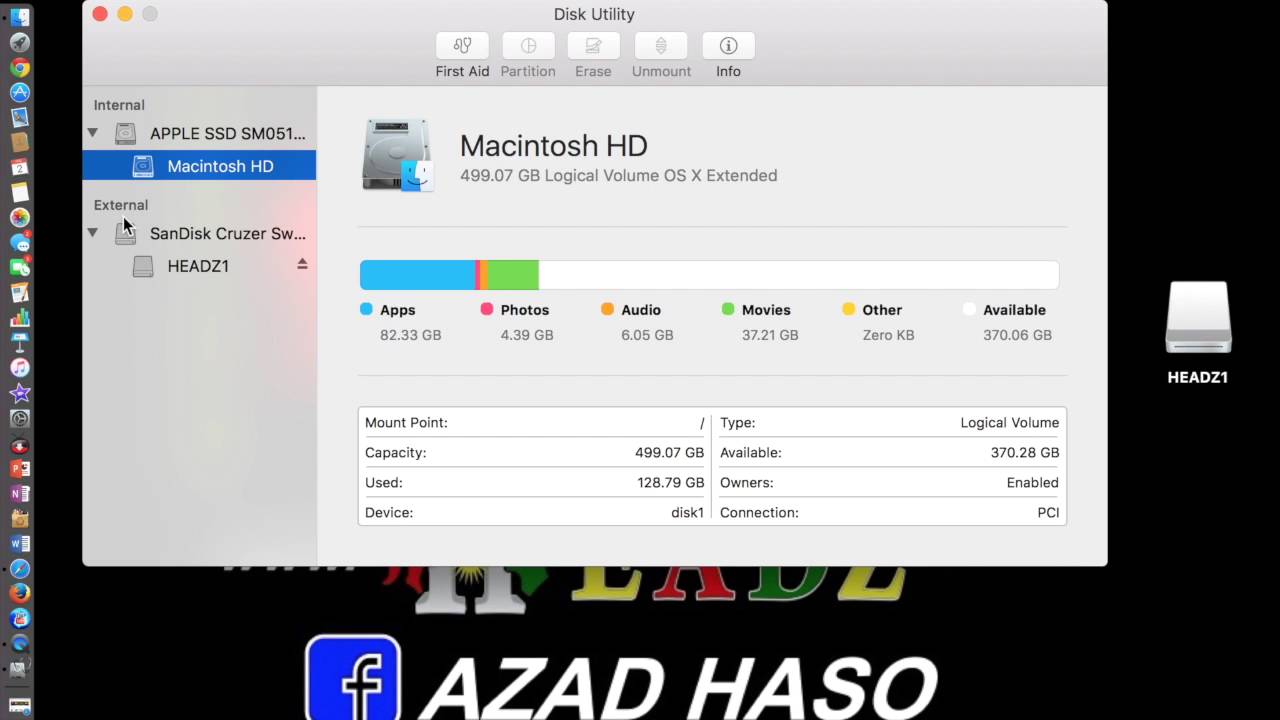


Then, right-click the external hard disk, SSD, or flash drive you want to format and select Format on the drop-down menu.
Open File Explorer and switch to the This PC tab on the sidebar. You can also decide if you want to speed things up by performing a quick format. The Format utility, which you can access via File Explorer, is the most convenient way to erase and format external drives in Windows. Erase and Format a Drive in Windows Using Format Utility # Take a backup of any data if you want to restore everything afterward. Warning: Erasing a drive or partition will permanently delete all files and folders. If you’re troubleshooting for issues on a drive, you might want to consider running the Check Disk (CHKDSK) utility before you start. If you intend to sell the drive, you must use a third-party formatting tool such as Disk Wipe that can securely delete all data. That said, formatting a drive in Windows doesn’t completely wipe your data. However, only the Command Prompt lets you implement FAT32 as the file system on drives that exceed 32GB. You can format a drive via the Format utility, Disk Management console, and Command Prompt in Windows. Unlike NTFS, FAT32 features wider compatibility with most operating systems but imposes file size limits of 4GB or less, is less reliable, and is not as secure.ĮxFAT: An all-round file system that works well on both Windows and Apple macOS for Mac, exFAT strikes an excellent balance between compatibility, usability, and security. NTFS supports large file sizes and provides excellent security, but it doesn’t fully work on alternative operating systems besides Windows and Linux.įAT32: A legacy Windows file system. Windows allows you to format external drives with one of the three file systems below. That’s essential when you want to ensure that a drive is compatible with other devices. Formatting also gives you the perfect opportunity to implement a suitable file system. 
Additionally, it runs reliability checks on drive sectors and fixes severe errors (though there’s no guarantee).īut that’s just half the picture. When you format an external HDD, SSD, or USB flash drive in Windows, the operating system frees up the disk space for use by other data. How Erasing and Formatting a Drive in Windows Works # You must also reformat the drive and securely erase its data if you plan to sell it. If you’ve already been using the drive for some time, formatting can help resolve persistent performance issues and other problems. However, you may still want to erase and format the drive, so that you know you’re starting with a clean slate and an appropriate file system.

When you buy an external hard drive, SSD (solid-state drive), or flash stick, chances are that you can connect it to your Windows PC and use it right away.








 0 kommentar(er)
0 kommentar(er)
